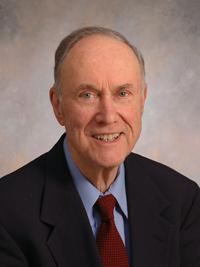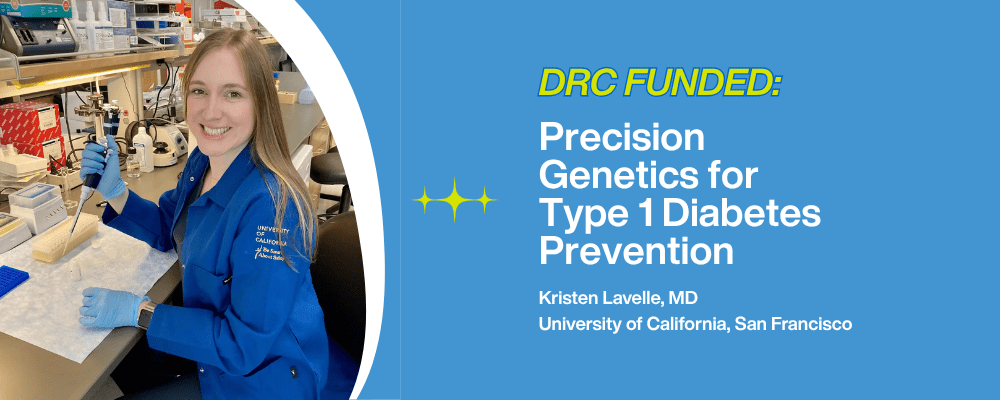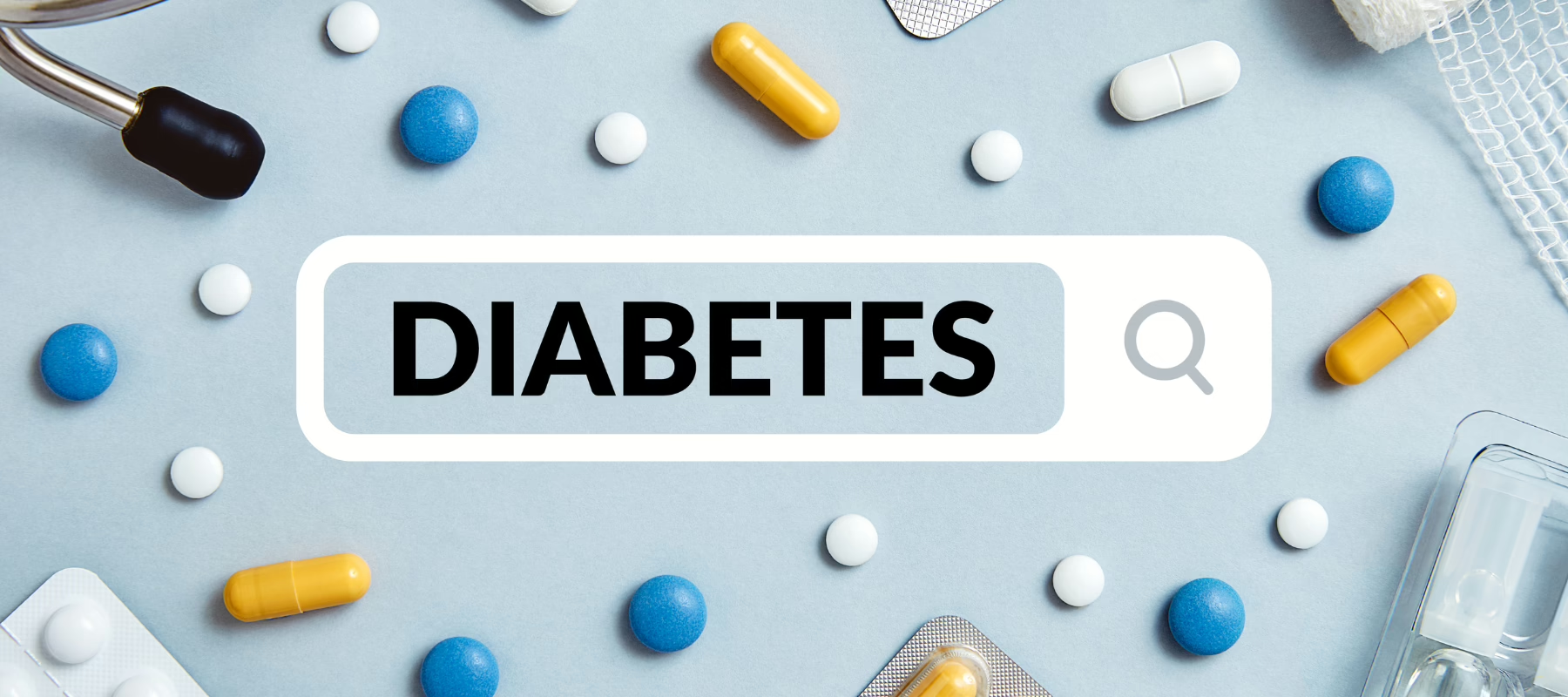Dr. Donald F. Steiner, a researcher whose discoveries transformed scientists’ understanding of insulin and other hormones and led to major improvements in the treatment of diabetes, died on Nov. 11 at his home in Chicago. He was 84.
A cousin, Steven Roess, confirmed the death. Until recent hip surgery, Dr. Steiner had continued to conduct diabetes research at the University of Chicago.
Dr. Steiner spent most of his career studying insulin, a hormone made by the pancreas that enables cells to take in sugar to use as fuel or to store. People who lack insulin, or cannot use it properly, develop diabetes, in which sugar builds up in the bloodstream and can cause an array of complications, including heart disease, strokes, kidney failure, blindness and amputations.
About 29 million Americans have diabetes, according to the Centers for Disease Control and Prevention.
The disease, particularly in children, was a death sentence until the 1920s, when insulin injections became available. The hormone was extracted from the pancreases of animals, mainly pigs and cows, and daily shots saved millions of lives.
But in 1960, when Dr. Steiner became an assistant professor of biochemistry at the University of Chicago, fundamental questions about insulin had still not been answered. One concerned how it was made in the body.
Scientists knew that the insulin molecule consisted of two separate chains of amino acids, which are the building blocks of proteins. The chains were connected to one another, not end to end but crosswise at certain points along their length. Scientists wondered how the two separate chains were made.
“The thinking was that they were synthesized separately in the cell and then came together,” said Dr. Louis Philipson, a diabetes expert at the University of Chicago and a former student of Dr. Steiner’s.
But no one knew for sure. Working in a basement laboratory in an old research building, Dr. Steiner set out to find the answer.
He began working with tissue from a patient who had had surgery to remove an insulinoma — a tumor of the insulin-making cells of the pancreas. It was a rich source of human insulin and precisely the kind of cells Dr. Steiner wanted to study.
His research led to a landmark discovery, reported in a paper published in 1967: He showed that insulin started out not as two chains, but as one long chain, which was later broken into two.
This information was quickly put to use by insulin manufacturers, who were trying to purify the product made from animal pancreases.
“In the early days of insulin, people were injecting this horrible-looking mixture of stuff,” Dr. Philipson said. “It was not very pure. People would get reactions.”
Details from Dr. Steiner’s work helped the manufacturers produce much more highly purified cow and pig insulin, which was less troublesome to patients. His findings also informed later research that made it possible to produce human insulin in vats of genetically engineered yeasts or bacteria.
In addition, his work led to better ways of monitoring insulin production in patients and the body’s sensitivity to the hormone, factors important in treating diabetes and gauging its severity.
Some of the research could have been patented, but Dr. Steiner never considered doing that, said Dr. Arthur Rubenstein, a professor of medicine at and a former dean of the medical school at the University of Pennsylvania, who studied under Dr. Steiner and collaborated with him.
“There it was, one of the really, really great discoveries, and there was no patent,” Dr. Rubenstein said.
That decision was part of a pattern. “He shared everything with everybody,” Dr. Rubenstein said. Dr. Steiner, he said, gave his students ideas and time, made them first authors on scientific publications that would advance their careers, and even shared materials and data with competitors who did not always credit his contributions.
Dr. Steiner’s other passion was the arts — the Chicago Symphony, the opera and the theater. An accomplished pianist, he played classical music on a Steinway grand piano in his high-rise apartment overlooking Lake Michigan and Lincoln Park.
Donald Frederick Steiner was born in Lima, Ohio, on July 15, 1930. His father, Willis, one of five brothers who owned a machine shop that took up most of a city block, died when Donald and his older brother, Phares, were young. Their mother, the former Catherine Hoegner, was a homemaker.
Both sons studied at the University of Cincinnati. Phares became a musician and a builder of pipe organs. Donald earned a degree in chemistry and zoology and went on to the University of Chicago, where he earned a master’s degree in biochemistry and then an M.D.
Phares Steiner died last year. Besides Mr. Roess, survivors include other cousins as well as a niece and nephew.
The concept of precursor molecules had implications that extended beyond insulin to many other hormones that are also made of amino-acid chains, including some that affect growth, metabolism and signal transmission in the brain.
“It opened a window into a whole area of molecular physiology that people were not aware of,” said Dr. Rudolph Leibel, a director of the Naomi Berrie Diabetes Center at Columbia University College of Physicians and Surgeons.
Dr. Steiner’s later research involved various mutations that could disrupt insulin synthesis and cause rare forms of diabetes. He wrote hundreds of articles in scientific journals, which were cited more than 10,000 times by other researchers, according to the University of Chicago. He also received many scientific awards in the United States and other countries.
“He was very modest, and very concerned about young people — his students and his co-workers,” Dr. Leibel said. “He’s from that era, these great thinkers who were soft-spoken and gentlemanly and not in it for anything but the joy of doing the science. We don’t have as much of that now.”
http://www.nytimes.com/2014/11/22/health/dr-donald-f-steiner-diabetes-re…






